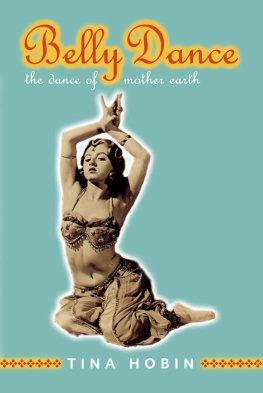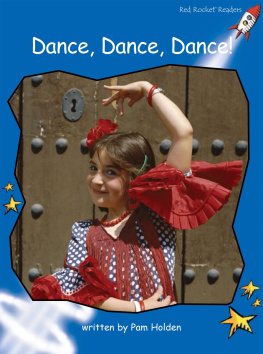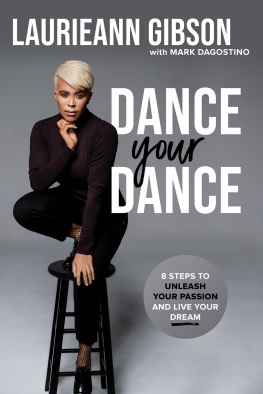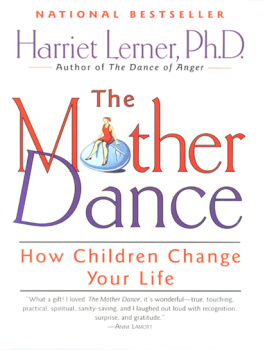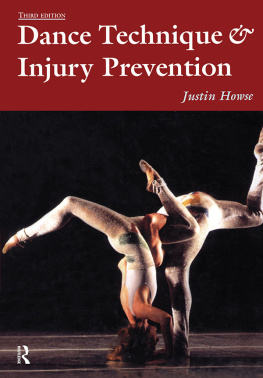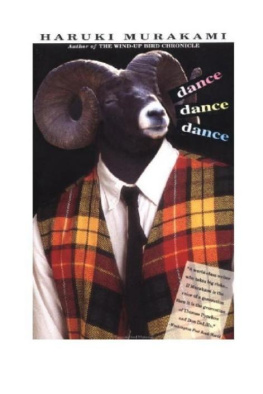Barakaldo Books 2020, all rights reserved. No part of this publication may be reproduced, stored in a retrieval system or transmitted by any means, electrical, mechanical or otherwise without the written permission of the copyright holder.
Publishers Note
Although in most cases we have retained the Authors original spelling and grammar to authentically reproduce the work of the Author and the original intent of such material, some additional notes and clarifications have been added for the modern readers benefit.
We have also made every effort to include all maps and illustrations of the original edition the limitations of formatting do not allow of including larger maps, we will upload as many of these maps as possible.
The
NAVAHO FIRE DANCE
Or
Corral Dance
A Brief Account Of Its Practice And Meaning
Berard Haile
Table of Contents
Contents
Table of Contents
REQUEST FROM THE PUBLISHER
INTRODUCTION
The Navahos call it Mountain-topway which we have shortened to read Mountainway. This means that this ceremonial, in all of its phases, has prime reference to events which occurred on mountains, as well as to mountain residents, like the bear, the porcupine, beaver, turkey, and others. Upon further search, however, I found three branches of Mountainway, a male, female, and a cub branch. Ordinarily, the bear and his family is primarily in mind, when men speak of cubs. Wolves and coyotes may have cubs, but they are roamers of both mountain and valley. The bear, however, is at home in the mountains and therefore, the three branches of mountainway will concern themselves with the he-bear, the she-bear, or exclusively with the cubs.
There is also a Jicarilla Mountainway, the name clearly indicates that the Navahos must have borrowed this ceremonial from their Apache cousins. Residents of the Jicarilla country call it the bear Dance, though the Jicarillas themselves have a different name for it. The Jicarilla account features the bear and the snake, but how much of this the Navahos have adopted is a matter for conjecture as I have no Navaho account of this Mountainway branch.
In 1884 Dr. Washington Matthews, of the U.S. Army, published an account of the Mountain Chant, as he called it. He does not mention which branch of Mountainway he is describing, but I have made use of parts of his description of the Fire Dance because, essentially, specialties exhibited there are identical in all branches of Mountainway. But I could not follow him in the version he gives of the origin of Mountainway. Briefly, he describes the capture of a Navaho by the Utes from whom he escapes and teaches his people the Mountainway ceremonial. This is a rather sudden climax especially as no mention is made of having learned the ceremonial from the Utes. At any rate, since a man is said to be the author, we may accept it as an account of the male branch of Mountainway.
In later years the writer succeeded in getting an account of the first War Dance. This definitely stated that the two girls who appeared there as dancers were sisters. The older sister was inveigled to marry Bear Man who had taken the form of a beautiful young man. The younger sister was likewise deceived by Big Snake in the form of a handsome youth. When they realised their mistake the two sisters tried to rid themselves of their hated husbands but these chased them everywhere. The older sister thus became author of Mountainway, the younger of Beautyway. This led me to believe that both chantways, in their legends, would go back to some events described in the War Dance. In the account of Beautyway I found that the Navahos had waged war on some Pueblos. At the celebration which fallowed the same two sisters again appear, steal away, lured by the sweet odor of tobacco, find Bear and Snake men as young men again and marry them. The younger sister is chased by Snake Man and how she becomes the first patient and author of Beautyway is the general theme of its legend.
Next I went after a singer of Mountain way and found one who practiced the female branch of this chant way. His account, curiously enough, set out with conflicts with Pueblos and the same two girls again, who are intrigued into marriage with Bear Man and Snake Man. Its the older sister, here too, who marries Bear Man and establishes the Mountainway ceremonial. So, three independent legends record the same basic incident, in their own way of course, of the marriage of two sisters to men whom they flee because they were deceived. I have followed these three legendary accounts of this incident. Here and there interpretations are offered for certain exhibitions of the Fire Dance which are attributed to Mountainway practices. In these interpretations, I have followed the account of the female branch of Mountainway.
Any parts of the legend which are incorporated in the following presentation are taken from this account of the female branch of Mountainway. In this way we were sure of presenting facts about the Fire Dance.
In Navaho belief animals have both a human and an animal form. This accounts for the fact that they speak of Bear Man, Owl Man, and other animals throughout the story.
The Meal Sprinklers
It was the fifth night of the ceremonial and four nights of ceremonies still remained before the close. The singer and the family discussed which two persons should be chosen as meal sprinklers for the purpose of inviting singers of other ceremonials to the dance in the corral. These two youths had to be good runners in order to accomplish their mission between sunrise and sunset. They had found one good footracer called Valley Boy and they selected him. The second one however was as yet unknown.
But early next morning a woman entered the hogan with her son whom people had dubbed Who-lies-Under-the-Mountain hence he was the Mountain Boy.
I want my boy to do the meal sprinkling she said.
Listen to that! they whispered among themselves he cant do it. Why, he always sleeps till noon!
They were unaware that this very Mountain Boy had secretly practiced running and was in excellent shape for a race. At any rate they accepted him and let both boys strip to the breech cloth, then bathed their heads and bodies.





